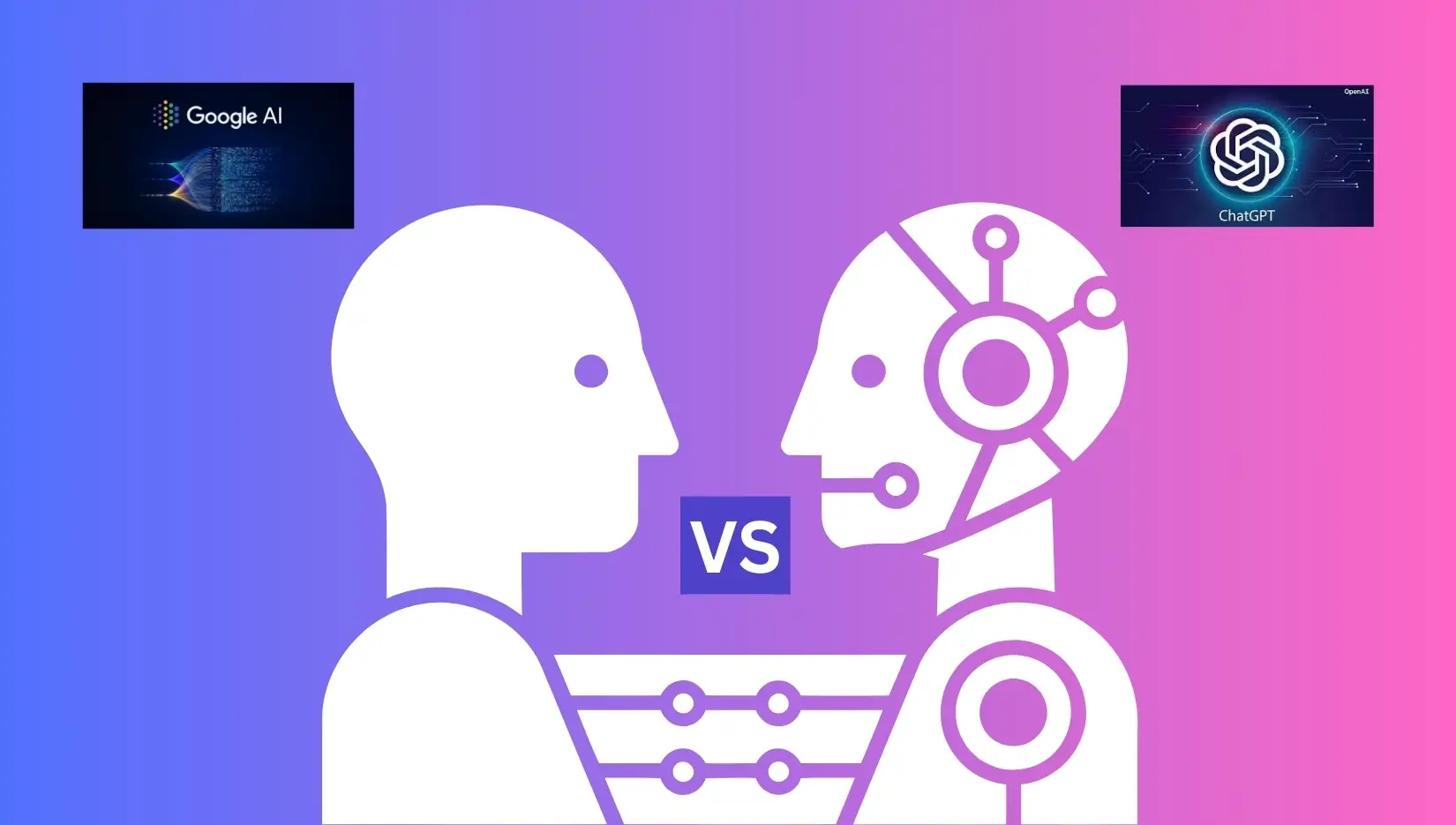Table of Contents
- Why SEO Matters for Ecommerce Websites
- Step 1: Keyword Research That Matches Buyer Intent
- Step 2: On-Page Optimization for Product and Category Pages
- Step 3: Technical SEO Essentials for Ecommerce
- Step 4: Building Authority and Trust With Content & Links
- FAQs on SEO for Ecommerce
Introduction
Imagine this scenario: You’ve spent hours creating an elegant online store, uploading hundreds of items, and just wait for orders to come in. However, they never do. Your website looks fantastic but traffic is stumbling and not flowing. What’s missing? SEO for eCommerce website achievement.
As opposed to blogs or service websites online stores have their own particular problems. Multiple product descriptions, complicated website structures, and a myriad of URLs can cause confusion for search engines. However customers are looking for fast reliable results whenever they enter “best running shoes” or “affordable phone covers.” If your website isn’t showing in the results, then a competitor’s site will.
This guide outlines an easy-to-follow framework, from keyword research to techniques for on-page use to the technical foundations as well as content strategy strategies that are effective. In the end you’ll know precisely what you need to do to implement SEO for ecommerce strategies that draw buyers, not just browsing.
Why SEO Matters for Ecommerce Websites
A business that sells online lives or dies based on its the visibility of its website. Paid ads drive quick traffic, but costs keep rising. Organic traffic is the opposite. It is steady and produces compounding outcomes when your website is optimized.
- The intent of a user’s search: In the context of e-commerce, the intent is usually transactionsal (ready to purchase) as well as informative (researching before purchasing).
- Competitive Advantage: A well-structured SEO for ecommerce plan will help you stand out in highly competitive markets.
- Revenue Impact : The organic traffic is usually more successful because the visitors are actively searching for your products.
Simply stated, SEO is not just about getting your website noticed. It’s about ensuring that potential buyers are able to discover your shop.
Step 1: Keyword Research That Matches Buyer Intent
The core of SEO for eCommerce is choosing the best keywords. Instead of focusing on broad competitive terms to target, you must choose the following keywords:
Types of Keywords to Target
- Transactional Keywords “Buy wireless headphones online,” “cheap organic skincare.”
- Keywords for specific products: “Nike Air Max 2025 men’s blue.”
- Keywords for Information: “How to choose the right gaming laptop.”
Tools You Can Use
- Google Keyword Planner
- Ahrefs or SEMrush
- Google’s “People also ask” and “Related searches”
Always keep in mind to balance the volume of search with buying intent. Smaller, but more intent-driven keyword is more likely to convert better.
Step 2: On-Page Optimization for Product and Category Pages
Your category and product pages are the ones that generate revenue. Making sure they are optimized correctly is crucial.
Product Page Optimization
- Use unique product descriptions (avoid manufacturer copy).
- Include high-quality photos with detailed alt text.
- Add FAQs and user reviews on the site for more depth.
- Create keyword-rich, natural meta titles and descriptions.
Category Page Optimization
- Target broader keywords like “women’s running shoes.”
- Offer introductory information (100-200 word) to help shoppers navigate and help improve ranking.
- Make sure that you have clean navigation with breadcrumbs and clean navigation for engines.
This method is structured to help the users and Google know more about your website.
Step 3: Technical SEO Essentials for Ecommerce
eCommerce sites are often unable to function due to technical issues. Here’s the top priority:
- site speed: compress images. utilize a CDN, and allow lazy loading.
- Mobile optimization: Most shoppers are surfing on their phones. Your store should be mobile-first.
- Crawlability Send XML websitemaps, and make sure you have that the indexing is correct for important pages.
- Canonical tags: To prevent duplicate content issue that arise across different versions of products.
- Structured Data Include schema marksups for reviews, product information and prices to make them stand out in the search results.
The fix for these technical issues will give your SEO for ecommerce strategy a solid backbone.
Step 4: Building Authority and Trust With Content & Links
Beyond the products you sell your store must function as a source of information. Content can build authority as well as organic reach.
Content Ideas for E-commerce Stores
- Blog posts answer customer queries (“Which smartwatch will last the longest?” ?”).
- Guides to buying and pages for comparison.
- Articles that are trend or seasonal (“Best presents for the holidays for less than 50 dollars”).
Link-Building Tactics
- Work with bloggers and influencers to write product reviews.
- Make your guide available to specific publications.
- Create internal links between the categories, product as well as content sites.
As time passes this will position your website as more than just a store — it’s an authoritative hub.
FAQs on SEO for Ecommerce
Q1. What is the distinction between SEO for eCommerce and regular SEO? Regular SEO is focused on websites or services and Ecommerce SEO is able to tackle unique challenges such as product catalogs duplicate content, duplicate content, as well as the intention to purchase.
Q2. How long will SEO for an e-commerce website begin to show the results? Many stores notice improvement in the first 3 to 6 months, however consistent growth can take between 9 and 12 months, based on the competition.
Q3. Can I conduct ecommerce SEO without involving an agency Do I need an agency. If you have the proper tools and strategies companies can handle it internally. However, agencies can assist expand their efforts faster in the event that budgets permit.
Final Thoughts
Learning SEO for ecommerce is more than just ranking- it’s about visibility wherever it matters. From keyword intent-driven and optimized pages for products to solid technological foundations, each step adds up to the growth.
If you’re trying to ensure the future security of the online shop you run, you should focus on continuous improvements, not rapid hacks. When you implement these tested SEO techniques for eCommerce techniques, you’ll be able to create a an experience for shoppers that Google or your buyers can trust.
Also Read: How to Choose the Best Ecommerce Website Builder in 2025












